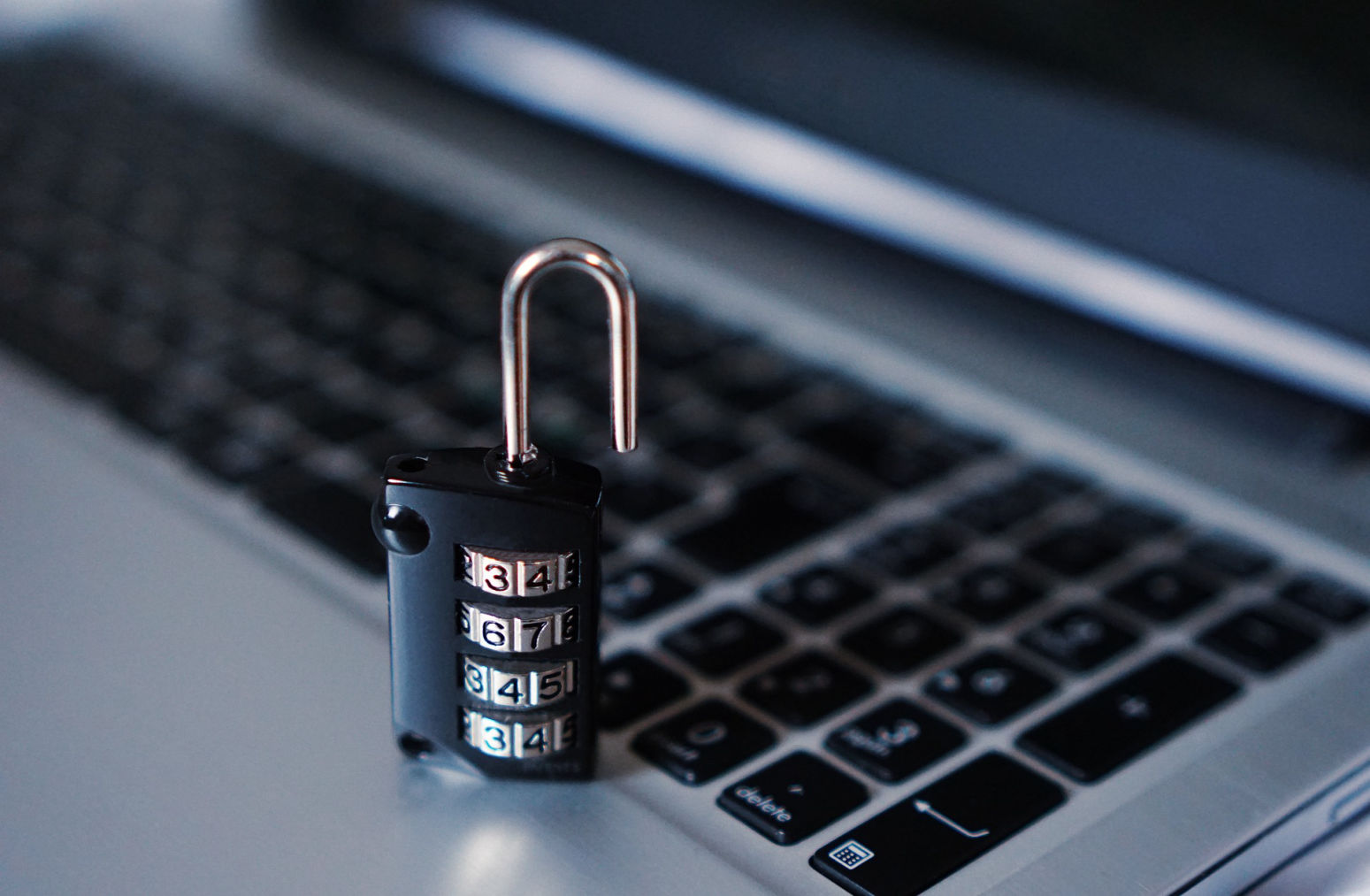
Blog
Protecting your data, customers, and reputation in a growing threat landscape.

Rebecca Spencer
I.T. Specialist
As cyberattacks become more sophisticated and frequent, small businesses are increasingly at risk. Many still believe they're too small to be targeted, but hackers often see them as easy entry points due to weaker security measures. Cybersecurity is no longer a luxury—it's a necessity.
A single data breach can cost a business thousands in damages, not to mention the loss of customer trust and potential legal repercussions. From phishing emails to ransomware attacks, the threats are real—and growing. This is why implementing strong cybersecurity and email security measures is critical.
Some essential steps include:
- Using multi-factor authentication (MFA)
- Keeping all software and systems up to date
- Training employees on cybersecurity best practices
- Installing firewalls and antivirus software
- Securing company email with spam filters and encryption
Cybersecurity isn’t just about defense—it’s about peace of mind. With the right protection in place, businesses can operate confidently, knowing they’re safeguarded against threats. Partnering with a trusted IT provider helps ensure your defenses stay updated, monitored, and ready for anything.

Article
A step-by-step guide to protect your business from wireless vulnerabilities.

Rebecca Spencer
I.T. Specialist
Your business Wi-Fi network is more than just a convenience—it’s a critical component of your IT infrastructure. Unfortunately, it’s also a prime target for cybercriminals if not properly secured. Whether you’re setting up a new network or upgrading an existing one, here’s how to do it right.
Step 1: Choose a Business-Grade RouterInvest in a high-quality router designed for commercial use. Business-grade routers offer better performance, security, and management features than consumer models.
Step 2: Change Default Login CredentialsDefault usernames and passwords are easy to find online. Change them immediately to something secure and unique to prevent unauthorized access.
Step 3: Use WPA3 EncryptionWPA3 is the latest and most secure wireless encryption protocol. Make sure your router and devices support it, and enable it in your router settings.
Step 4: Create Separate NetworksSet up a guest Wi-Fi network for customers or visitors. This keeps your internal systems and devices safe by isolating them from external traffic.
Step 5: Hide Your SSIDYou can prevent casual hackers from seeing your network by disabling SSID broadcast. This adds an extra layer of security, especially in high-traffic areas.
Step 6: Update Firmware RegularlyRouter manufacturers release firmware updates to fix security flaws. Log into your router regularly to check for updates or enable automatic updates if available.
Step 7: Monitor Connected DevicesKeep an eye on who’s connected to your network. Business routers usually offer dashboards that display device activity and allow you to block unknown users.
Bonus Tip: Work with a managed IT provider to ensure your network remains secure, optimized, and scalable as your business grows.
With a secure Wi-Fi setup, you’re not just protecting data—you’re safeguarding your business reputation and keeping your operations running smoothly.